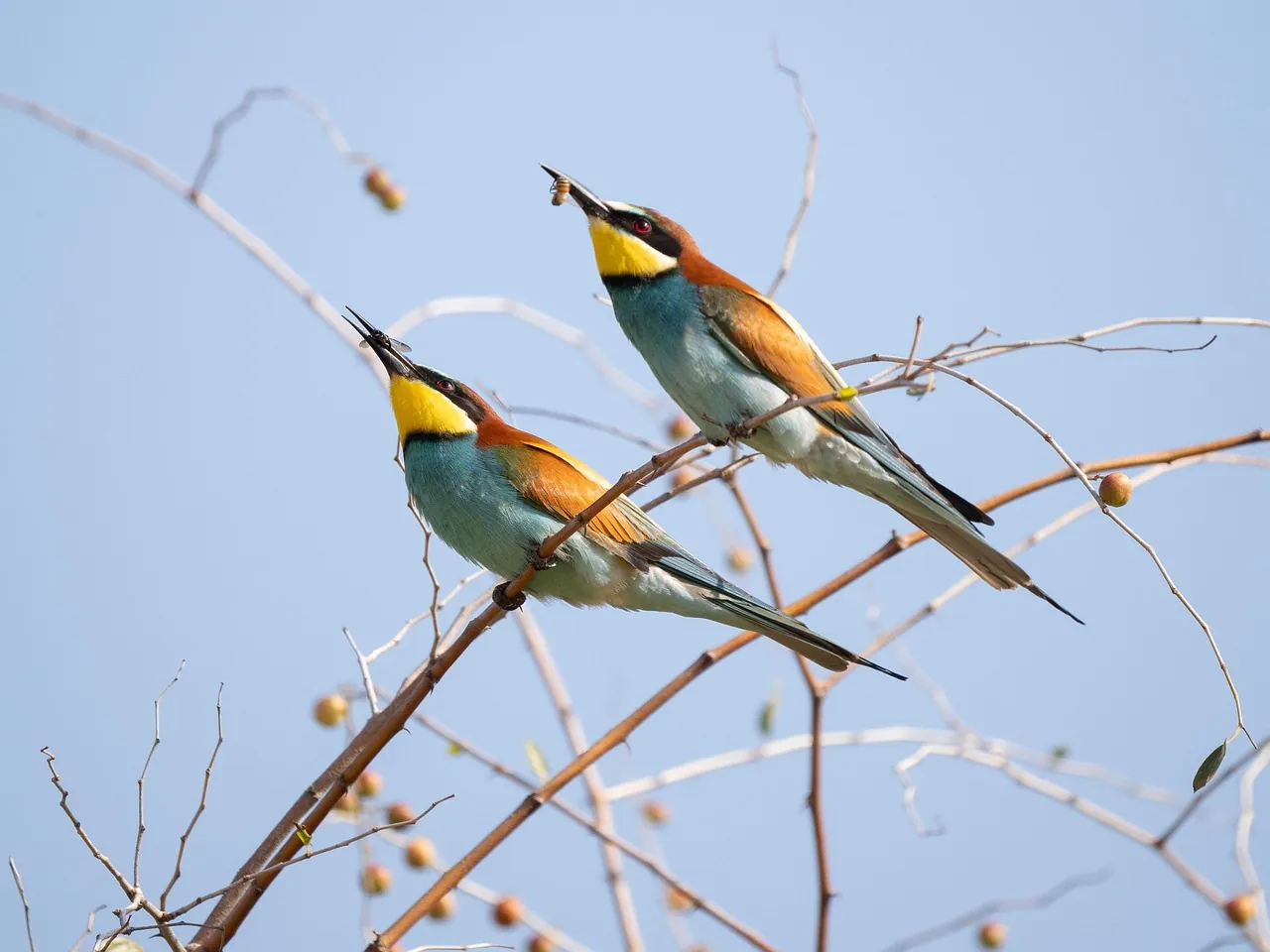Evaluating Ecosystem Balance: Are Breeding Programs Sufficient for Recovery?

Understanding the Basics: Wildlife Conservation Challenges
Wildlife conservation has become a critical focus as global biodiversity continues to decline. Ecosystem balance hinges on the complex interactions of all living organisms within it. Efforts to restore this balance often involve direct interventions, such as wildlife reserves and breeding programs. These strategies aim to recover threatened species populations, maintain genetic diversity, and ensure sustainable ecosystems.
The Role of Wildlife Reserves
Wildlife reserves are areas designated for the protection of ecosystems and their resident species. These reserves provide a natural habitat free from human exploitation and environmental degradation. By protecting these regions, wildlife reserves help maintain ecological balance by allowing ecosystems to function naturally.
Pros of Wildlife Reserves
- Habitat Protection: Reserves offer a sanctuary where animals can thrive without the threat of poaching or habitat destruction.
- Preservation of Biodiversity: By maintaining natural habitats, reserves support a wide variety of species, contributing to overall biodiversity.
- Ecological Research Opportunities: These protected areas serve as research sites for understanding ecological processes and species interactions.
Cons of Wildlife Reserves
- Limited Range: Animals in reserves are confined to limited spaces which can restrict their natural migratory behaviors.
- High Management Costs: The cost of maintaining and securing wildlife reserves can be prohibitively high.
- Human-Wildlife Conflict: The boundaries of reserves can sometimes encroach on human settlements, leading to conflicts.
Breeding Programs: A Focused Approach
Breeding programs are another strategy employed in wildlife conservation, particularly when population numbers are critically low. These programs involve the controlled breeding of endangered species in captivity with the aim of increasing population sizes before reintroducing them into the wild.
Pros of Breeding Programs
- Population Boost: Breeding programs can quickly increase population numbers, which is essential for critically endangered species.
- Genetic Management: Through selective breeding, genetic diversity can be managed and enhanced, reducing the risk of inbreeding.
- Scientific Monitoring: Controlled environments allow for close monitoring and research that can provide insights into species needs and behaviors.
Cons of Breeding Programs
- Lack of Natural Behaviors: Animals bred in captivity may not develop essential survival skills needed in the wild.
- Expensive Operations: These programs require significant financial resources for facilities, staffing, and care.
- Reintroduction Challenges: Successfully reintroducing captive-bred animals into their natural habitats involves overcoming various ecological and behavioral challenges.
A Closer Look at Ecosystem Balance
Ecosystem balance is not solely dependent on population numbers; it also involves complex interspecies interactions and environmental conditions. Both reserves and breeding programs contribute to ecosystem recovery but need to be part of an integrated conservation strategy.
Integrated Conservation Strategies
An effective approach often involves a combination of efforts:
- Using wildlife reserves to protect ecosystems while allowing natural processes to guide species interactions.
- Implementing breeding programs as a supplementary measure when species numbers fall dangerously low.
- Establishing wildlife corridors to connect reserves and allow for natural migration and genetic exchange between isolated populations.
Real-World Examples
The success of conservation strategies can be seen in various parts of the world:
The California Condor
The California Condor serves as an example where breeding programs have been instrumental. In the 1980s, the condor population dropped to fewer than 30 individuals. A rigorous breeding program initiated by the U.S. Fish and Wildlife Service has gradually increased their numbers, with many condors successfully reintroduced into the wild. This effort was complemented by habitat protection and legal measures to ensure their safety.
The African Elephant
African elephants benefit significantly from extensive wildlife reserves across Africa. These reserves provide vast tracts of protected land necessary for their survival. However, due to poaching and habitat fragmentation outside reserves, complementary measures such as anti-poaching laws and local community engagement are crucial.
The Future of Wildlife Conservation
The debate over wildlife reserves versus breeding programs is not about choosing one over the other but finding a balanced approach that utilizes the strengths of both methods. Successful conservation depends on adaptive management strategies tailored to specific ecological contexts and species needs.
A holistic conservation strategy includes legislative support, community involvement, ongoing research, and international cooperation to address threats like climate change and habitat loss on a global scale. With these elements in place, we can strive towards achieving true ecosystem balance, ensuring the survival of diverse species for generations to come.





